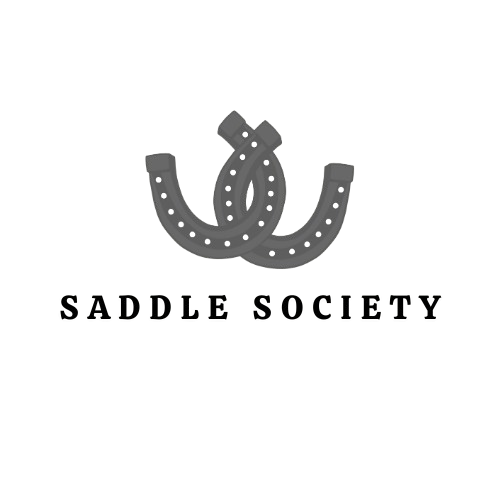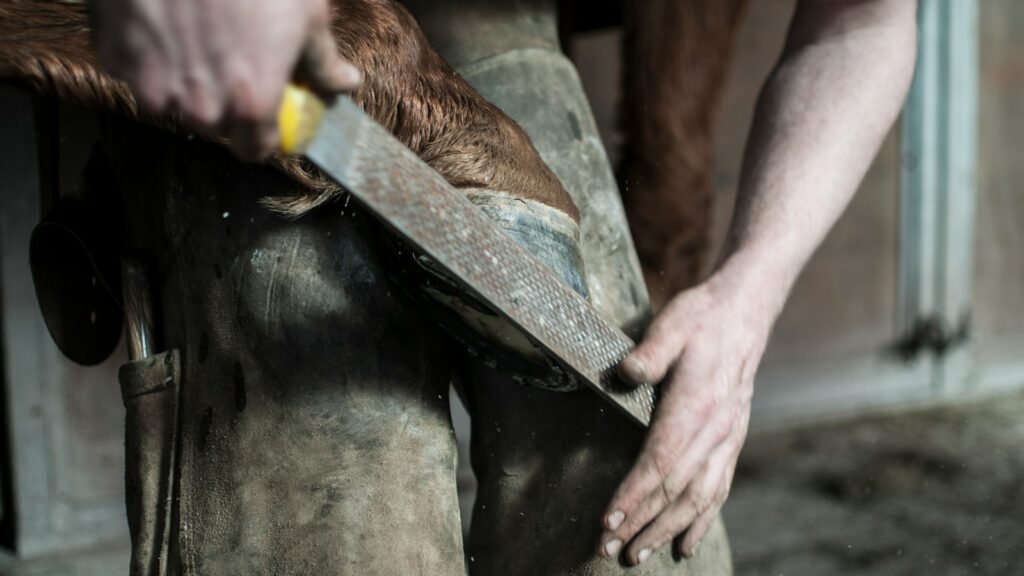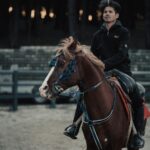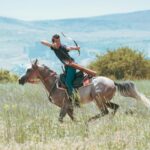Hoof trimming is a critical aspect of equine care that directly impacts your horse’s health, performance, and overall well-being. Many horse owners and even some inexperienced farriers make common mistakes that can lead to lameness, discomfort, or long-term hoof problems. Proper hoof care requires knowledge, skill, and an understanding of each individual horse’s needs. By learning about the most common errors and how to avoid them, you can ensure your horse maintains healthy, functional hooves. This guide will walk you through the crucial mistakes to avoid when trimming your horse’s hooves, whether you’re doing it yourself or working with a professional.
Trimming Too Much at Once
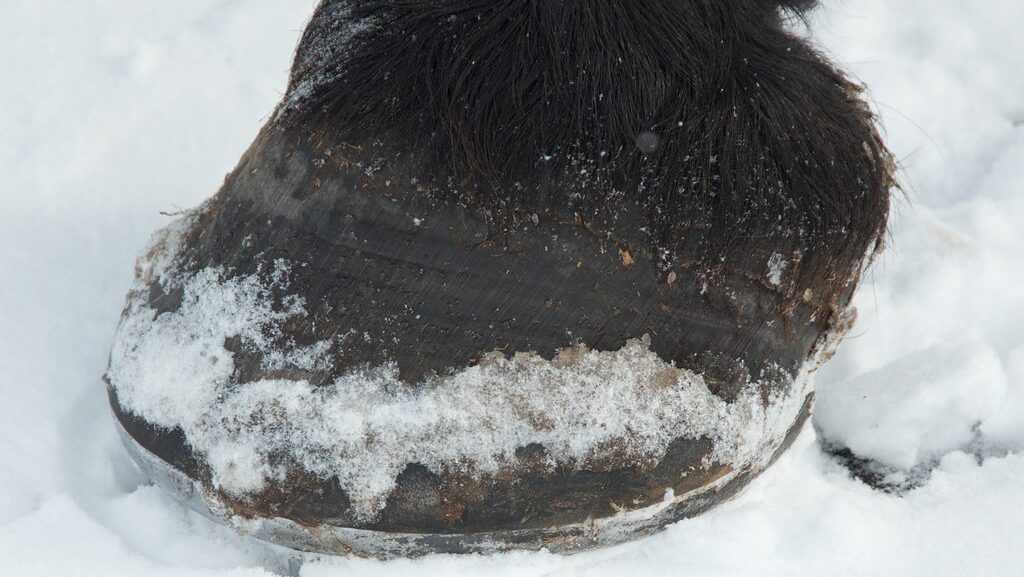
One of the most common and potentially harmful mistakes is removing excessive hoof material in a single session. When too much hoof is trimmed away, you risk exposing sensitive tissues and causing your horse immediate pain and lameness. Horses with overtrimmed hooves will often walk gingerly or refuse to bear weight on the affected limbs. The proper approach is to remove small amounts gradually, especially if the hooves have been neglected for some time, allowing the internal structures time to adjust to new angles and pressures. Remember that each horse’s hoof growth varies, and factors like season, diet, and exercise all influence how quickly hooves regenerate material.
Ignoring Individual Hoof Needs

Treating all four hooves identically is a significant error that fails to account for the natural asymmetry in horses. Each hoof may have different conformation, wear patterns, or issues that require specialized attention. Front hooves typically have a different shape and angle than hind hooves, and many horses have slight differences between left and right sides. Some horses may have one hoof affected by an old injury or condition like club foot that needs specific trimming parameters. A thoughtful approach requires assessing each hoof independently while still maintaining an overall balanced stance for the horse.
Creating Improper Angles

Trimming hooves to incorrect angles can cause serious biomechanical issues throughout your horse’s entire body. When the hoof-pastern axis is not properly aligned, stress transfers abnormally up the leg, potentially causing joint pain, tendon strain, and altered movement patterns. The ideal hoof angle should continue the line of the pastern smoothly into the hoof wall. Angles that are too steep (upright) or too shallow (long toe, low heel) force the horse to compensate in ways that can lead to navicular syndrome, ringbone, or soft tissue injuries. Professional farriers generally use a combination of visual assessment and tools like hoof gauges to ensure appropriate angles.
Neglecting the Bars of the Hoof
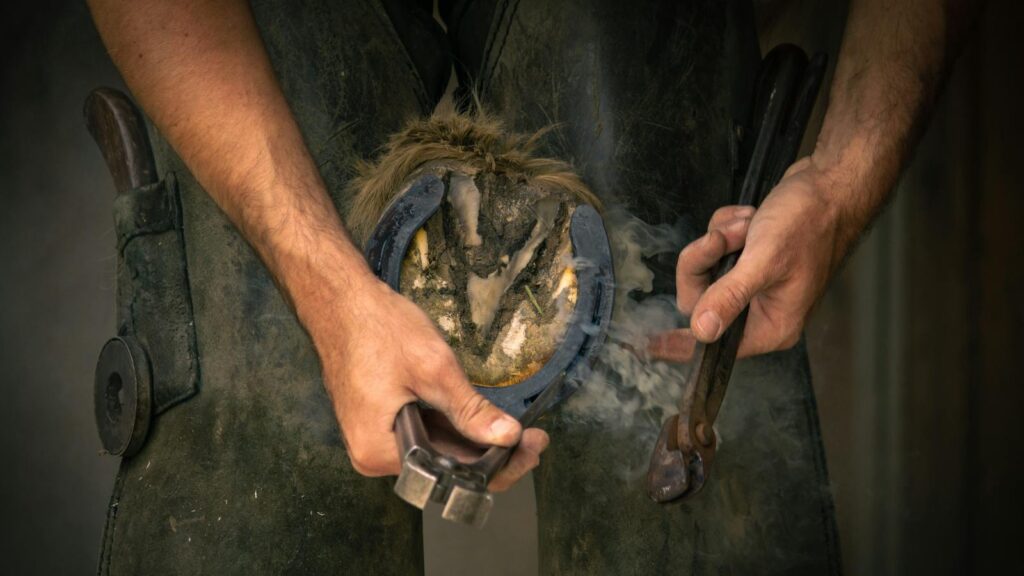
The bars of the hoof are extensions of the hoof wall that run alongside the frog, providing critical structural support to the entire hoof. Both over-trimming and under-trimming the bars can create problems for your horse. Removing too much bar tissue eliminates important support structures and can lead to collapsed heels over time. Conversely, leaving overgrown bars can cause them to fold over and trap debris, potentially leading to painful bruising or abscesses. Proper trimming should maintain the bars at the level of the sole, allowing them to fulfill their supportive function without becoming overgrown or laid over.
Over-Thinning the Sole

Excessively thinning or paring away the sole is a dangerous mistake that leaves your horse vulnerable to bruising and penetration injuries. The sole naturally exfoliates excess material when ready, and aggressive removal of what appears to be “dead” sole often takes away protective layers the horse needs. A correctly trimmed sole should still feel firm when pressed with your thumb, not soft or flexible. Horses with artificially thinned soles often become footsore, especially on rocky or hard terrain, and may develop sole bruises or abscesses. This problem is particularly severe in breeds with naturally thin soles, such as Thoroughbreds.
Trimming Frog Tissue Unnecessarily
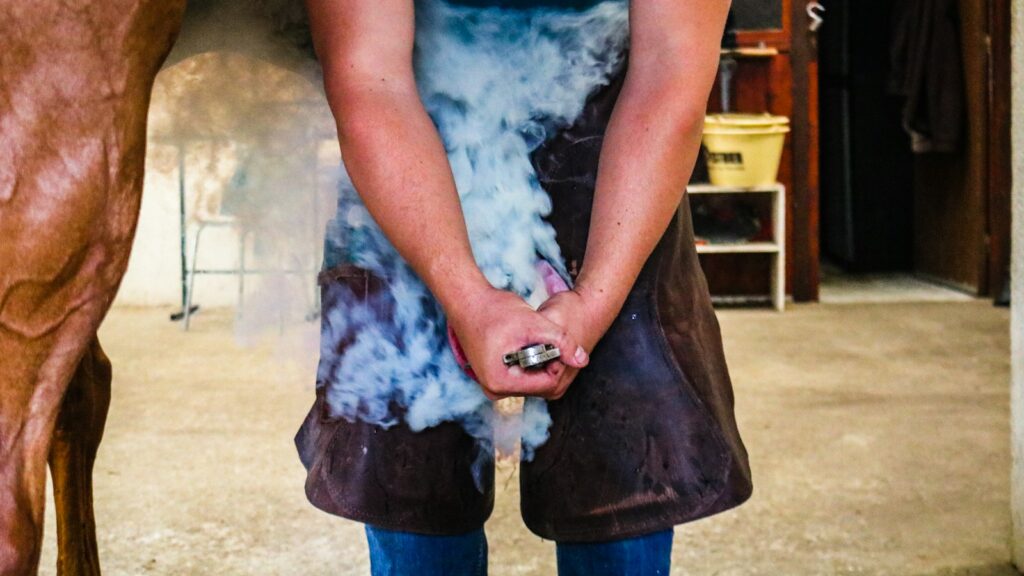
The frog plays crucial roles in hoof circulation, traction, and shock absorption, yet excessive trimming of healthy frog tissue remains a common mistake. Only diseased, ragged, or truly overgrown portions of the frog should be removed during a trim. The frog should be allowed to make ground contact in most horses, as this stimulates blood circulation throughout the hoof through the “digital cushion pump” mechanism. Overzealous trimming can lead to contracted heels and reduced proprioception (the horse’s sense of foot position). Even when treating thrush, it’s better to clean the sulci (grooves) alongside the frog rather than cutting away healthy frog tissue.
Leaving the Hooves Unbalanced

Creating or leaving medial-lateral imbalance (uneven sides of the hoof) forces horses to distribute weight abnormally and can lead to joint and soft tissue damage. A balanced hoof should land flat, not on one side first, when the horse steps. Imbalance often manifests in uneven wear patterns, flares on one side of the hoof, or divergent growth rings. Over time, this imbalance travels up the leg, potentially causing splints, arthritis, or even suspensory ligament damage. Correcting imbalance sometimes requires gradual adjustment over several trimmings, as changing too much at once can cause additional strain to compensatory structures.
Using Improper or Dull Tools

Attempting to trim hooves with inadequate or poorly maintained tools not only produces inferior results but can also be dangerous for both horse and handler. Dull nippers require excessive force, creating jagged edges and increasing the risk of over-trimming or taking uneven chunks from the hoof wall. Poorly maintained rasps quickly become clogged and ineffective, leading to frustration and rushed work. Specialty tools like hoof knives require regular sharpening and proper technique to use safely. The investment in quality hoof care tools and the time to maintain them properly pays dividends in trimming efficiency and hoof health outcomes.
Rushing the Process

Hurrying through a hoof trim almost invariably leads to mistakes and potentially dangerous situations. A proper trim requires methodical assessment before cutting begins, careful removal of material, and frequent breaks to reassess the hoof from different angles. Impatient handlers often pick up feet in rapid succession without giving the horse adequate rest periods, leading to resistance and behavioral issues. Horses that become anxious from rushed handling may develop lasting negative associations with farrier work. Most professional trims take 45-60 minutes for all four feet, with careful attention to detail throughout the process.
Ignoring Environmental Factors
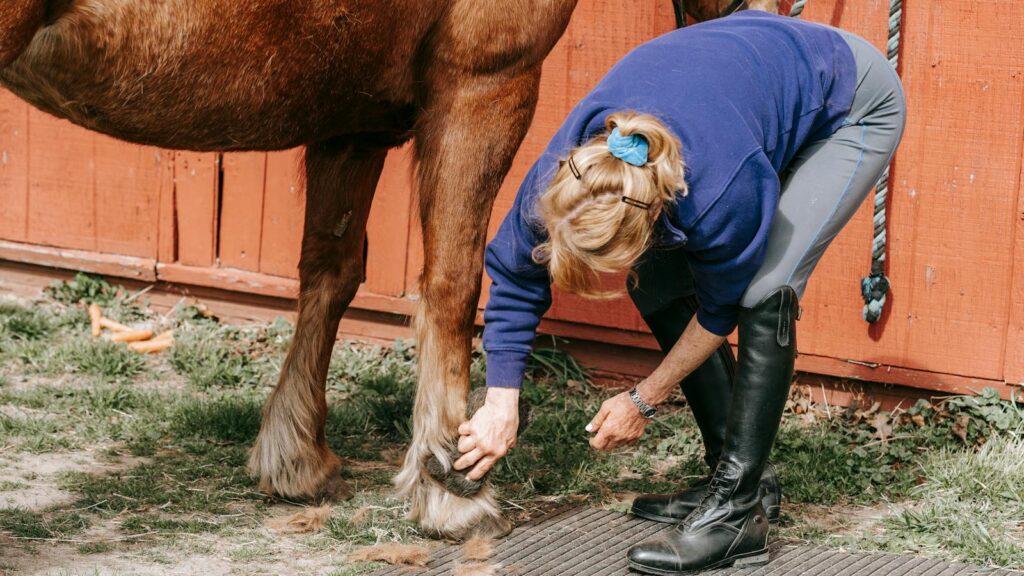
Failing to consider the horse’s living environment when trimming can leave them vulnerable to problems despite technically correct trimming. Horses living in wet conditions may need different sole protection than those on dry, rocky terrain. During muddy seasons, horses may benefit from having less concavity in the sole to prevent packing and trapping of mud against the frog. Conversely, horses in very dry conditions might need additional protection from sole bruising and wall cracking. The trim should always be adjusted to help the horse thrive in its specific environment rather than following textbook parameters that might not suit the actual living conditions.
Disregarding the Horse’s Feedback
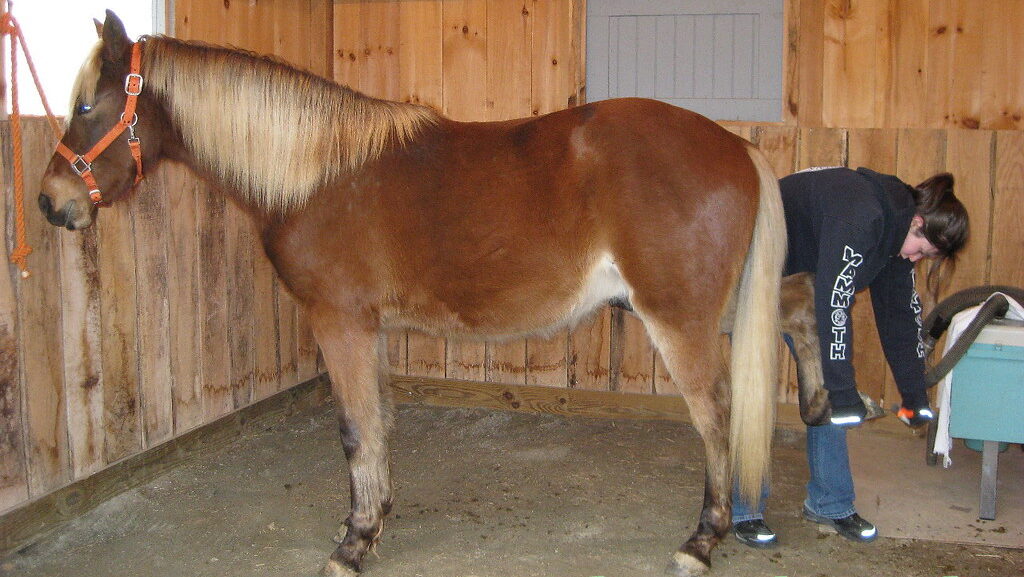
Ignoring signs of discomfort during or after trimming represents a critical mistake in hoof care. Horses communicate discomfort through subtle and obvious signals, including fidgeting, weight-shifting, increased respiratory rate, or pulling away when certain areas are worked on. Post-trimming, a horse that was previously sound but suddenly shows reluctance to move or lameness is clearly communicating that something about the trim is problematic. These signs should never be dismissed as behavioral issues without investigation. Responsible trimmers will pause, reassess, and potentially modify their approach when the horse shows signs of pain or discomfort.
DIY Trimming Without Proper Training
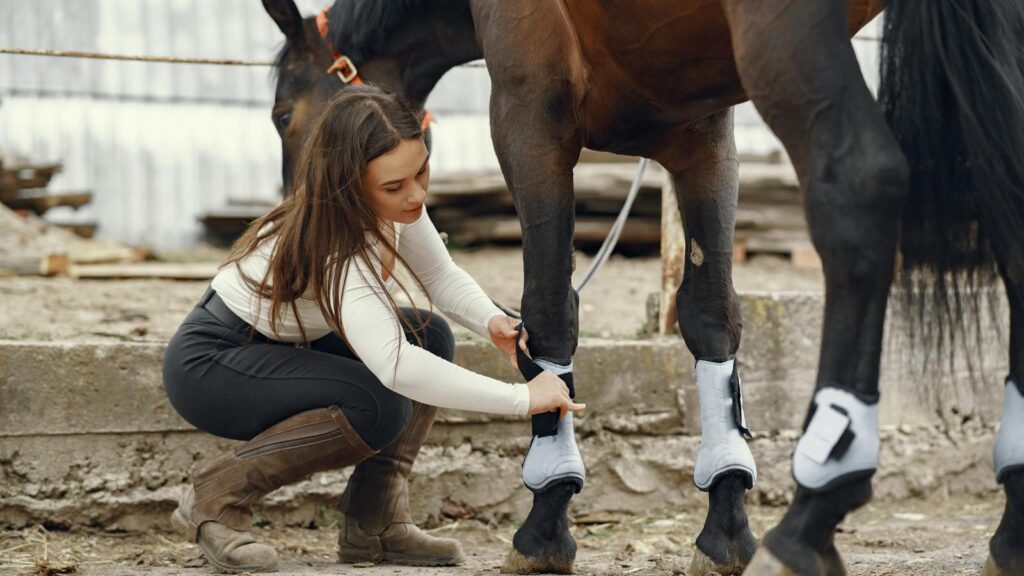
Perhaps the most dangerous mistake is attempting to trim your horse’s hooves without adequate knowledge, training, and guidance. While owner-trimming can be done successfully, it requires significant study, mentorship, and practice on appropriate horses. Many well-intentioned owners cause harm through improper techniques or failure to recognize pathological conditions that require professional intervention. Before attempting to trim your own horse, invest in hands-on workshops, study proper hoof anatomy and function, and consider apprenticing with an experienced farrier. Even experienced owner-trimmers should maintain relationships with professional farriers for consultation on complex cases or emergencies.
Failing to Maintain a Regular Schedule
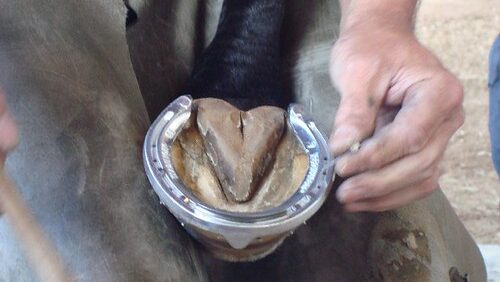
Inconsistent trimming schedules force compensatory trimming that can shock the hoof’s support systems. Most domestic horses require trimming every 4-8 weeks depending on individual growth rates, diet, exercise, and season. When trims are delayed significantly, hooves develop long toes, underrun heels, and potentially flared walls that require more dramatic correction. This pattern of neglect followed by major correction stresses the internal structures and connective tissues. Even wild horses maintain their hooves through constant movement over varied terrain, wearing hooves gradually rather than experiencing periodic major changes. Establishing and maintaining a regular schedule appropriate for your individual horse is fundamental to long-term hoof health.
conclusion
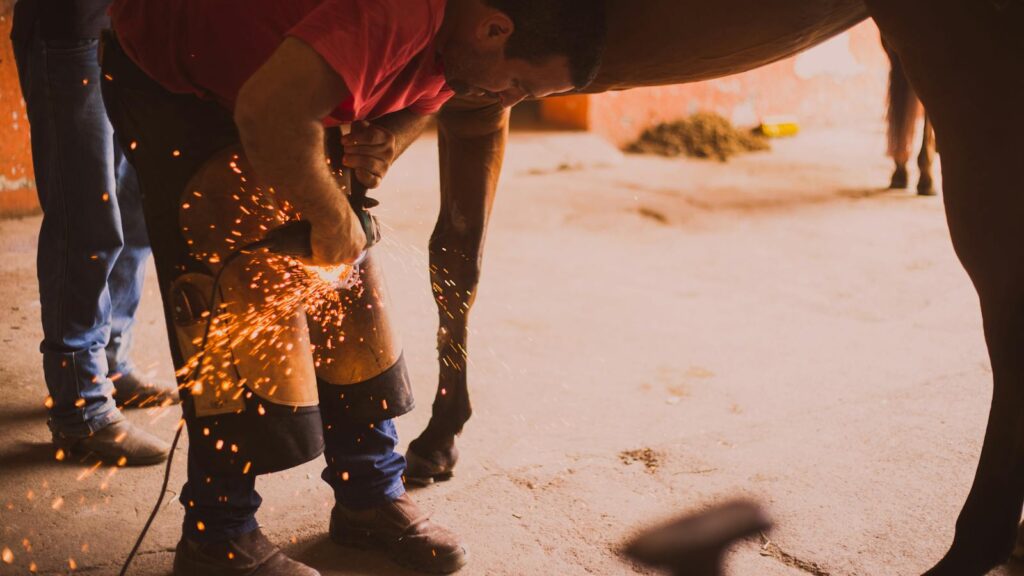
Maintaining healthy hooves is one of the most important aspects of horse care, embodied in the old adage “no hoof, no horse.” By avoiding these common trimming mistakes, you’ll help ensure your equine partner remains sound, comfortable, and able to perform at their best. Whether you work with a professional farrier or trim your own horses, understanding these principles will help you make informed decisions about hoof care. Remember that each horse is an individual with unique needs, and sometimes the most skilled approach is knowing when to seek additional expertise. With proper attention to detail and respect for the complex structure of the equine hoof, you can provide your horse with the foundation they need for a lifetime of soundness.
